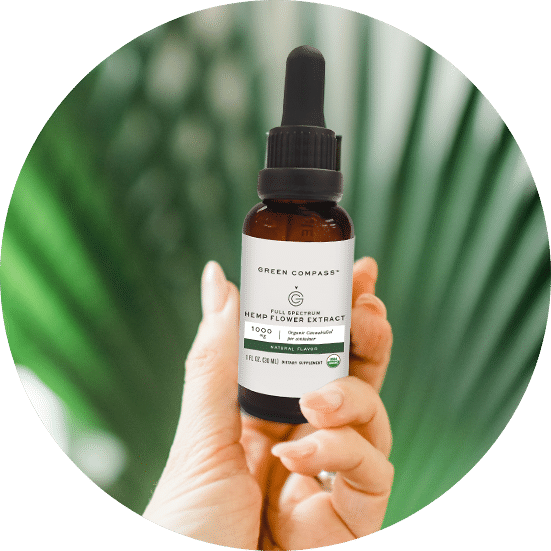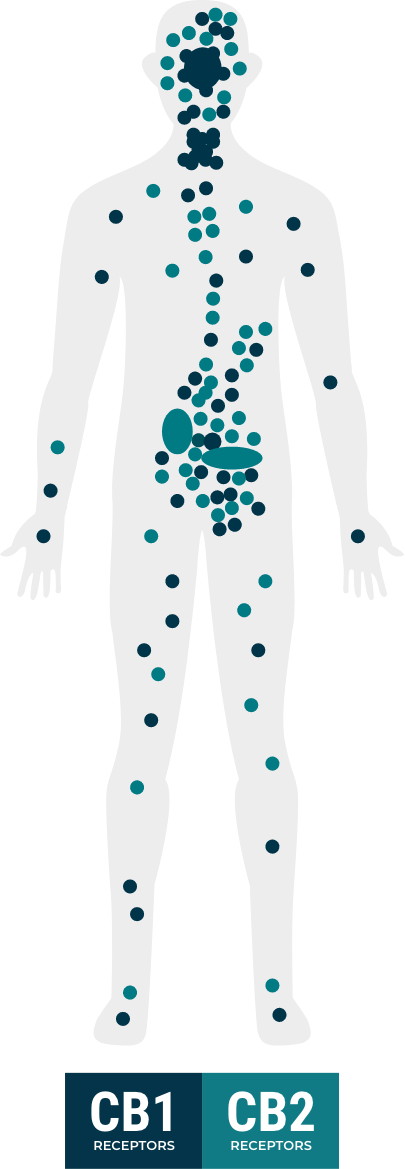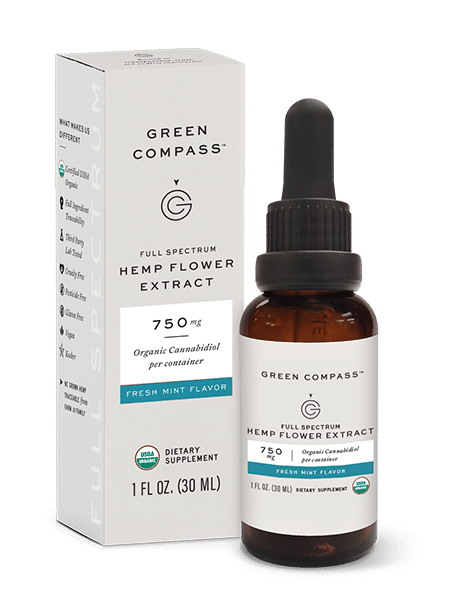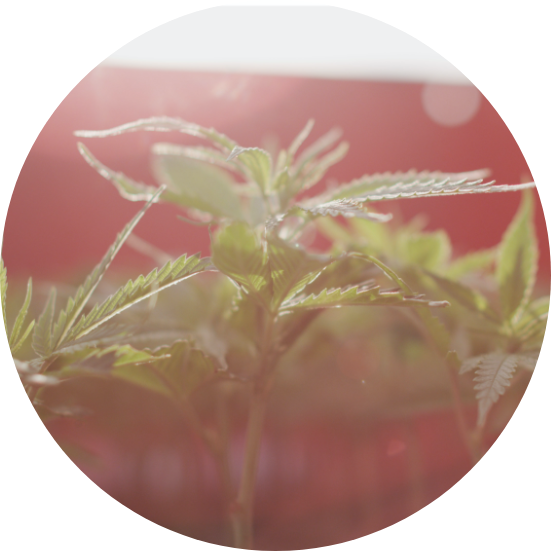The following is a simplification of the ECS. Essentially there are cannabinoid receptors within the endocannabinoid system. The most commonly
researched at this time are cannabinoid receptors 1 and 2, otherwise known as CB1 and CB2. However, as research continues, we are learning more and more about how cannabinoids work with our bodies through many other receptors and channels. The science behind the cannabis plant is advancing at a rapid pace.
There are also ligands, which are referred to as the molecules that bind to the receptors. The first ones discovered while researching the CB1 and CB2
receptors are named anandamide (ANA) and 2-arachidonoylglycerol (2-AG). ANA and 2-AG are our bodies own cannabinoids or endocannabinoids. How cool is that? Our bodies actually produce their own substances that are related to the cannabis plant! Then there are enzymes that make the endocannabinoids and enzymes that break down the endocannabinoids (i.e. FAAH or fatty acid amide hydrolase).
CBD also modulates or changes other noncannabinoid receptors. It can activate the 5-HT1A serotonin receptor and can help with mood, and sleep
cycle, as well as pain and inflammation associated with physical activity.
CB1 and CB2 receptors are the most abundant receptors in the entire body as they are within every system within the body. This includes the
cardiovascular, pulmonary, immune, endocrine, urinary, digestive, central nervous system, muscular, skeletal, reproductive, and lymphatic system. The CB1 receptors are concentrated in the central nervous system (brain and spinal cord). The CB2 receptors are mainly found in the immune system and organs.
CBD binds weakly to the CB1 and CB2 receptors. By acting through various other channels (as mentioned above), along with CB1 and 2, it helps to regulate and set the tempo for our bodies own endocannabinoids which in return plays a crucial role in the balance or homeostasis that is needed.








